【BON音樂】大人社團X蹦藝術 第九號交響曲聯演(四)馬勒第九號交響曲
All about Mahler’s 9th Symphony
– 資訊整理共享於網路,一起欣賞音樂與藝術之美 –
蹦藝術 | BONART
- 馬勒:第九號交響曲
與貝多芬相同,馬勒的第九號交響曲也是他的人生絕筆之作。寫作於1909至1910年間,也是作曲家過世的前一年。處在人生低谷狀態,馬勒無論事業、家庭與健康都岌岌可危,因此第九號交響曲整體氣氛充滿著淒涼孤寂,以及一種對於生命的告別,如無數的回憶湧上心頭:有幸福、有孤獨、有無助、傷心與徬徨,也有濃濃的愛情。被「第九號魔咒」深深影響的馬勒,為了避開這項莫須有的詛咒,在第八號《千人》之後,還寫了《大地之歌》想要逃過死神的召喚,最終仍撒手人寰,留下無盡憂傷。
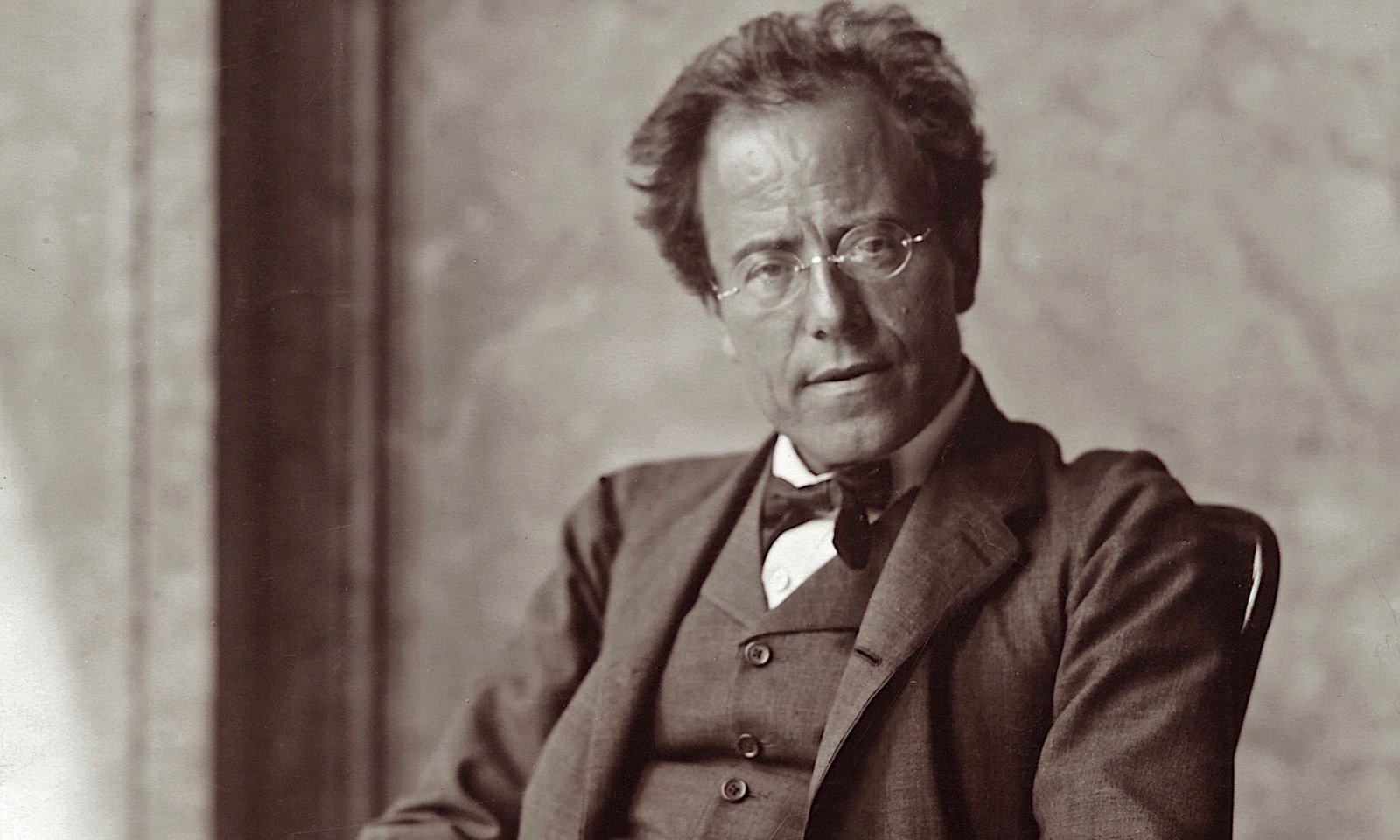
超凡於世的交響曲
馬勒第九號交響曲是繼貝多芬之後,這世界最超凡的交響曲,尤其是其中的慢板。
在情感上,馬勒此時的境遇,讓他陷入了兩難:他深愛這個世界,卻又害怕離開。
針對表面上似乎走向虛無的滅亡而無言的結局,但當我們沈浸於音樂之中時,越了解深入這首作品,您會發現在表面之下,藏著的深意是馬勒對生命所逝去的一切,進行了深層的敘述與緬懷,他的音樂裡,似乎更多地是思考生命本身,而不止是死亡。
試圖以音樂之外的一切~包括文字來敘述這麼深層的音樂,不但是多餘的,其實也是不應該的;無論您再怎麼樣不熟悉馬勒的音樂,都應該如同自身閱讀一部位大的文學作品一般,細細品味,反覆閱讀,期許自己有朝一日能進入這作品中的美好,以自身能夠理解的方式,來接近馬勒的境界。
馬勒的第一樂章開頭,我們甚至能夠感受到《大地之歌》未盡的旋律與未完成的告別,這是許多專家們未曾提及之處;由兩音為一組,發展為三音一組、四音一組的主旋律,第九號交響曲接續在《大地之歌》⟨送別⟩(Der Abschied)之後,這樣的旋律,率先為我們帶出了依依不捨之感。
《大地之歌》的最後最後歌曲,由馬勒所添加的歌詞如下:
Ewig… 永遠、直到永遠
| Still ist mein Herz und harret seiner Stunde! | 我的心靜止著,等待著時機! | (馬勒自己添加的詞) |
| Die liebe Erde allüberall blüht auf im Lenz und grünt | 美麗的大地,到處春暖花開,綠意盎然! | |
| Aufs neu! Allüberall und ewig blauen licht die Fernen! | 到處皆是的,永遠湛藍的天空! | |
| Ewig…(*7) | 直到永遠…… | 白雲無盡時 |
接入第九號交響曲的開頭旋律
樂譜範例
第九交響曲魔咒
(基本資料整理於網路與維基百科,並附上超連結方便檢索)
一般都知道馬勒相當害怕所謂的「第九交響曲魔咒」,就是作曲家寫完第九號交響曲之後就不久於人世之模糊臆測,而這個迷信被認為是自奧地利作曲家馬勒開始。
因為馬勒之前的貝多芬、舒伯特、德弗札克與布魯克納等作曲家都紛紛應驗了「第九交響曲魔咒」,因此他在創作自己第九部交響作品《大地之歌》時,雖然副標題寫明是一首交響曲(Eine Symphonie für Tenor-Stimme, Contralt -Stimme und große Orchester),但是卻故意不將此編號。此舉不禁被人解讀成馬勒為了避免自己將步貝多芬後塵而逝世,才行此法。
但弔詭的是,雖然馬勒認為此舉令可能他可以避過魔咒,但最終他還是中了詛咒:在寫完自己的第九交響曲後因病離世,只留下未完成的第十交響曲片段的手稿。
回到創作最初
讓我們從交響曲的最終段落(Adagissimo)談起。
甚慢板,幾乎沒有速度感~配器只剩下弦樂演奏,全部上弱音器,音色更是幾近虛無,在現場聆聽時,您會體驗到幾乎窒息,無法呼吸的狀態…
Adagissimo譜例
最後段落,音樂極其緩慢、似乎融合了痛苦最大的聲音:哀莫大於心死。
在這一刻,聲音與沈默、生存與死亡之間的距離,幾乎全部消失。
生與死,真的那麼重要?
最後一個小節,力度甚至被標記為 Pianississimo(pppp),且停頓非常長的時間
馬勒寫下了——「Ersterbend」(逝去),彷彿他怕我們從音樂中仍然無法清楚得知他要傳遞的訊息…
這真的是馬勒的最後一部完整的交響曲:在他目睹了女兒的死亡,當他意識到自己的生命將因不可逆的心臟病而縮短,妻子的外遇、家庭的可能破碎…
所有聲音的逝去,伴隨著1910年的大時代,馬勒藉由這首作品,在這最後的幾分鐘,發出了微弱的信號。
這段音樂甚至預示著一位偉大的藝術家,作為當代歐洲文化英雄形象的垂死掙扎。
第九號交響曲的最終幾分鐘,就如同歷經燦爛、洗盡鉛華的真實自我,面對即將來臨的虛無飄渺,或許可能是人生的下一段旅程,面對逐漸逝去的生命、無以為繼的凋零…
而我們能做的,可能只剩下深深地嘆息
伯恩斯說,馬勒的音樂,最後都化作了虛無。
我認為——當馬勒的音樂變得更慢、更安靜、更空無一物,但在聲音和內容上變得更令人驚嘆、令人驚嘆的精神化:Less is more
這種音樂,代表的只有唯一情緒:死亡。
要欣賞這首交響曲,您別無選擇,只能穿越這一層層紗,在理解馬勒生平之餘,試圖感受這位音樂家的思想。
阿巴多2010年於琉森音樂節指揮馬勒第九號:最後五分鐘的動人演奏
蹦藝術Podcast 介紹馬勒的生平:上、下兩集(EP26-EP27)
「交響曲必須包含整個世界,必須包含萬事萬物的聲音。」是馬勒自述的交響曲特色:世界自成一格,並且包含宇宙之聲。 綜觀馬勒一生的創作生涯,他不斷地在交響樂的各種創作領域與作曲手法中,將音樂推展至極致。對於這位已在在21世紀當代備受喜愛的作曲家,他的音樂是這天地之間全新的創作彷彿黎明之前的破曉,但在他所生活的20世紀初期,他的音樂仍處在毀譽參半的狀態。 馬勒也曾豪氣地留下:「我的時代終將來臨…」,就讓我們跟隨蹦藝術節目主持人林仁斌的導引與介紹,慢慢帶您知曉為何在21世紀的現在,馬勒的時代~已然到來!
未竟之問.伯恩斯坦談馬勒第九號交響曲
53分鐘的精彩演說,有興趣的朋友們歡迎詳細欣賞
Bernstein conducts Mahler 9th ending
然而,還有另一種思考這種音樂的方式,是否以這種方式來聆聽和體驗第九號交響曲,取決於你是否認為這是一首對萬物終結的讚美詩~或者相反,這是一首對生命逝去和迎向死亡的最終謳歌?
第三種思維:音樂不再試圖描繪音樂或哲學的死亡,而是盡其所能地單純保持存在著:一切無需多加解釋。
Mahler: Symphony 9 – Simon Rattle, Berliner Philharmoniker
關於這首交響曲
馬勒在創作《第九》時正面臨死亡議題。
首先是他四歲的女兒瑪麗於1907年因感染猩紅熱白喉而意外去世,給作曲家帶來了無比創傷——他無法忍受提及孩子的名字——即使全家搬家去尋找一個新的避暑勝地,一個沒有痛苦聯想的避暑勝地,一樣無法可解。
馬勒帶著妻子與小女兒定居在位於奧意邊境的多山蒂羅爾地區的托布拉赫(多比亞科)。在這邊,馬勒於暑期夏天創作了《大地之歌》(Das Lied von der Erde, 1908),以及1909年的第九號交響曲與1910年未完成的第十號交響曲。
同樣是1907年,馬勒被診斷出患有四年後會置他於死地的心臟病。對於這不可逆的病情,馬勒只能接受與病共存,想發設法讓心臟持續為自己而跳動…
對於一位一向熱愛大自然並在戶外行走、放鬆才能獲得靈感的創作者來說,醫生要求他不要進行劇烈的體力活動意味著生活方式的巨大改變:他沒有辦法像從前一樣,自由一個人在托布拉赫山區與樹林中閒逛,想爬高就爬高,想到任何地方皆能恣意而行,他只能是將大部分時間都花在他的作曲小屋裡。
馬勒位於Toblach的作曲小屋(2011年拍攝)
Gustav Mahler “Komponierhäuschen” in Toblach, – situation in 2011
長得很像警衛亭的馬勒作曲小屋XDD
在1908年給指揮家布魯諾·華爾特的信中,馬勒寫道:「在孤獨中,我的注意力更加向內心轉移,這讓我更加清楚地感覺到我身體上的一切都不對勁。也許確實是我太憂鬱了——但自從我來到鄉間以來,我感覺比在城裡更糟,反而所有的分心都能幫助我把注意力從事情上轉移開。」(The solitude, in which my attention is turned more inward, makes me feel all the more distinctly that everything is not right with me physically. Perhaps indeed I am being too gloomy – but since I have been in the country I have been feeling worse than I did in town, where all the distractions helped to take my mind off things.)
第一樂章 段落分析
深受馬勒影響的同時期作曲家阿爾班·貝爾格(Alban Berg, 1885-1935)是對第九號交響曲留下深刻印象的眾多人之一。
1912年時在貝爾格寫給妻子的信中,他曾寫道:「… 我再次演奏了馬勒的《第九交響曲》… 第一樂章是馬勒有史以來最偉大的作品。它表達了對這個地球的巨大之愛,渴望在這片土地上和平地生活,並在死亡來臨之前享受大自然的最深處。因為死亡是不可避免的。整個第一樂章皆被死亡的預感所支配,這項樂念在演奏的過程中一次又一次地為人所感受到。它是地球上和夢境中一切的高潮,隨著最溫和的通道之後的爆發越來越強烈,當然,這種強度在死亡成為必然的可怕時刻最為強烈,在最深處,最對生命的強烈渴望,死神卻在此顯現了『最大的暴力』…」(“The first movement is the greatest Mahler ever composed. It is the expression of a tremendous love for this earth, the longing to live on it peacefully and to enjoy nature to its deepest depths – before death comes. For death is inevitable. This whole movement is dominated by the presentiment of death, which makes itself known again and again over the movement’s course. It is the culmination of everything on earth and in dreams, with ever more intense eruptions following the most gentle passages, and of course this intensity is strongest in the horrible moment where death becomes a certainty, where, in the middle of the deepest, most poignant longing for life, death makes itself known ‘with the greatest violence.’ Against that, there is no resistance.”)
| EXPOSITION
0:00 – Theme group 1. The music opens with the movement’s most important motives: a syncopated pulse in the cellos and the horns, a broken D major triad in the harp, a distant horn call, and a tremolo in the strings. 0:33 – After the violins introduce us to the last important motive – Lebwohl/farewell motive (a descending second), the motives start to expand into an extremely beautiful theme. 2:18 – Transition. Slowly, the music starts to descend into chaos and confusion. The texture starts to become denser and denser, as new independent voices keep joining the overwhelming polyphony. The motives of the introduction struggle to keep up with the music and are soon drowned in the polyphony. 3:09 – Theme group 2. At the climax, the different voices finally somewhat connect. Soon, a bitter, syncopated trumpet motive is introduced, which will come to represent the violent, tortured side of the music throughout the movement (and is in fact derived from the lebwohl motive). EXPOSITION REPEAT 3:45 – Theme group 1 manages to return the music to D major and again establish a peaceful atmosphere. This time it’s much more confident, with the once distant horn call now being heard in the foreground. The motives of the introduction are further expanded, with an emphasis on the lebwohl motive. 4:56 – Gorgeous modulations. 6:02 – Theme group 2. The timbre suddenly darkens, as the second theme group starts to again pull us into darkness. The motives of the introduction are dismissed even sooner before the syncopated trumpet motive leads us into an overwhelming climax. DEVELOPMENT 7:20 – After the second theme group collapses, an amazing atmosphere is set, with the motives from the opening transformed into their distorted, grotesque counterparts, as the music is still under the influence of the second theme group. The violent syncopated motive can be heard in the muted trumpets. Slowly, the motives start to transform back to their original states, trying to again reach D major. 9:54 – The atmosphere of the opening and D major tonality is reached. Lebwohl motive is played in the form of playful exchanges between the strings. 11:13 – Theme group 2 starts to creep in the texture, soon dominating the music with polyphony and the syncopated trumpet motive. 12:03 – The horn call from the opening returns, battling with the second subject. For a brief moment, it succeeds to transform the syncopated trumpet motive into a joyful melody, but the hysteria of the second theme group returns, leading to a collapse. 13:15 – The dense polyphony returns, as the violins struggle to clear the texture and unify the different voices. Fragments of the syncopated trumpet motive can be always heard in the background, fighting the lebwohl motive. 14:35 – The syncopated trumpet motive returns in its entirety, leading the music to a climax, and then a collapse. 15:32 – The syncopated trumpet motive starts to dissolve into the lebwohl motive, leading to a return of the grotesque version of the first theme group. 17:38 – The first theme group is again reached in the form of a beautiful violin and flute duet. 18:21 – We’re once again pulled into chaos all too soon. The winds try to resist with the lebwohl motive, but the syncopated trumpet motive pulls us right into the greatest violence. 19:07 – The horn call of the opening once again appears, trying to restore order. As before, The syncopated trumpet moment is transformed into a joyful melody for just a brief moment, before as Berg puts it: “Death itself is announced with the greatest force”. 20:12 – The motives of the opening are now more violent and distorted than ever. But slowly and patiently, the timbre lightens, and we find ourselves back in D major. RECAPITULATION 22:11 – Theme group 1. As we near the second theme group, the music becomes more and more distorted, and even though the motives from the opening try to prevent the transition with all their might, the second theme group again appears. 24:00 – Theme group 2, announced by the arrival of the syncopated trumpet motive. But in a genius moment, a series of solo instruments calm the music down, preventing another passage of overwhelming polyphony. 26:00 – The syncopated horn motive manages to burst out one more time, but is quickly silenced, transitioning us to the serene atmosphere of the coda. CODA 26:35 – The once violent syncopated trumpet motive is transformed into a beautiful horn duet. An augmented version of the horn call and the lebwohl motive both appear, revealing their shared roots. 28:39 – The lebwohl motive is played one last time, allowing us to feel the smallest bit of bliss and closure before the music gently dies away. |
第九號交響曲 第一樂章 解說
第二樂章 段落分析
第二樂章,馬勒回歸了他最喜歡的音樂類型之一,來自家鄉的蘭德勒舞曲(Ländler),這是一種奧地利民間舞蹈。蘭德勒舞曲樸實的特點——緩慢的三重節奏和強調每個小節的第一拍——從馬勒的第一號交響曲以來,蘭德勒舞曲都是重要的存在。在馬勒最愛的自然和戶外氛圍裡,這種隨和親切的鄉村舞蹈,隨著音樂曲調越來越快、甚至有些魯莽的三拍華爾茲音樂,交替出現,直到樂曲最後。為法國號、木管樂器和與中提琴的旋律中,樂章越趨寂靜。
| 0:00 – Section A, landler. The dance starts off in a simple manner, with its complexity increasing over time as new voices are gradually layered.
2:53 – Section B, waltz. Again, the dance opens with rather simple harmonies and textures. But throughout this section, the opening gets developed so much that the original is barely recognizable by the end. The music is very persistent, always driving towards the next bar. 4:23 – Section A. The landler is even more grotesque with many “wrong” notes in its melodies and awkward orchestration. 5:20 – Section C, landler. The tempo slows down, and a calm atmosphere is achieved, as we’re finally allowed to take a break from the frenzied and crude dances. This section transforms the material of the opening landler to fit its style of dance. The orchestration is much more gentle, the melodies a lot more elegant, and the textures are a lot more clear. 7:13 – Section B. The Waltz returns in another forceful mood and style change. 8:38 – Section C. Listen to the amazing countermelodies in the horn and bassoon. 10:21 – Section A. At this point, the material of the landler is a lot more developed and fleshed out than it was in the opening. Solos from instruments give a real sense of development within material, as well as creating a wonderful concoction of textures. 11:29 – Section B. The waltz also appears in a more fleshed-out state, making use of extremities in register and textures. 13:41 – Section A. The opening landler returns one last time, with almost painful limping rhythms that seem stuck in place. Past material from all the different styles and dances merge in landler form, never again reaching the momentum they once possessed while providing us an extremely satisfying resolution of the tensions brought on by the contrasts between the themes. In the last bar piccolo and contrabassoon join forces to bring the movement to its sad, grotesque conclusion. |
第三樂章 段落分析
第三樂章 詼諧的輪旋曲(Rondo-Burleske)在前一個樂章相對輕鬆和優雅的音樂之後,為交響曲增加了緊張的氛圍。馬勒音樂中的爆發力與嫻熟的對位法在此樂章中發揮得淋漓盡致。第三樂章的對比鮮明,從一開始的小號與法國號主題、鐃鈸敲擊聲、銅管樂器簡短的跳躍段落、小號饒富特色的節奏型態獨奏、弦樂詼諧活潑的旋律等等,皆在本樂章帶來詭異的歡樂,並似乎為最終樂章帶來預示的氣氛。
| 0:00 – Introduction. In the opening of the movement, we get to know all the major motives and contradictions, out of which the rest of the piece will be woven.
0:45 – Fugato. The motives of the introduction connect into a passage of extremely complex counterpoint. 1:50 – Episode 1. The motives now appear in a more pastoral and lyrical manner, which starts to sound sarcastic and mocking once put into the context of the rest of the movement. 3:03 – Fragments of the fugato section reappear as we start to modulate back to the tonic. 3:33 – Fugato. Once we’re in A minor, the fugato again fully forms, this time with even more voices. 4:27 – Episode 1 5:19 – Fugato 5:56 – Episode 2. Announced by a cymbal crash, the second episode takes us into a more reflective and sincere atmosphere. This section is dominated by a 4-note turn motive, which will also play an integral role in the finale. 9:42 – The anxious fugato starts to distort the calm music and tries to make a return. The episode however doesn’t give in, and the fugato is only allowed to return after the episode has finished its course. 11:33 – Fugato. The music regains its frenzied and ironic qualities, as the fugato reappears with even more voices and the inclusion of percussion. 13:10 – Coda. All the motives return and participate in a shouting contest with each other, before abruptly ending the movement. |
第四樂章 段落分析
最終樂章幾個特色,首先是長度。第四樂章平衡了第一樂章冗長—因為馬勒也為這最終樂章譜寫了25分鐘之長。
本樂章同時具備熱烈與沈思兩種基調,似乎一切的美好終將走向告別~樂曲開場弦樂飽滿的主題中,帶著溫暖與懷舊。法國號的節奏就是一個絕佳的例子。樂曲進入樂章結尾之前,基調也逐漸走向黑暗。在樂章中,馬勒似乎回想起女兒瑪麗,是否懷念起她?抑或懷念起這連自己也即將告別的塵世?
他以無法想像的境界,在最後寫出這樣的音樂:第二小提琴,先逐步上行之後,再接續以下行半音階旋律奏出馬勒的《悼亡兒之歌》(Kindertotenlieder)中的第四首歌旋律:⟨我常覺得孩子只是出去而已⟩,搭配著虛無卻優美無比的和聲,令人極為動容。
此段落原始歌詞為「…在那普照的陽光下,那遠處小山坡一定風光明媚」(im Sonnenschein, der Tag ist schön, auf jenen Höh’n.)。但音樂卻這樣一點一點地,步向純白無瑕的歸零;逐漸地音樂進入本交響曲最終的段落,極度憂傷,深邃…
呂克特的 ⟨我常覺得孩子只是出去而已⟩ 的歌詞內容,描寫是父親是面對亡兒的逝去,在心境上產生的三種層次改變:
- 孩子只是出門去了,外面風和日麗,玩累了一定馬上就會回家
- 發現孩子其實已經死去,再也回不來的事實,但卻在心中欺瞞著自己
- 終於接受事實,卻安慰著哀傷的心情,期待總有一天會再相見。
| Oft denk’ ich, sie sind nur ausgegangen! 呂克特 |
我常覺得孩子們才剛出去而已 呂克特 |
| Oft denk’ ich, sie sind nur ausgegangen,
bald werden sie wieder nach Hause gelangen. Der Tag ist schön, o sei nicht bang, sie machen nur einen weiten Gang.Ja wohl, sie sind nur ausgegangen, und werden jetzt nach Hause gelangen. O, sei nicht bang, der Tag ist schön, sie machen einen Gang zu jenen Höh’n.Sie sind uns nur voraus gegangen, und werden nicht wieder nach Hause verlangen. Wir holen sie ein auf jenen Höh’n im Sonnenschein, der Tag ist schön, auf jenen Höh’n. |
我常覺得孩子們才剛出去而已
他們很快就會回到家 今天風和日麗!噢別擔心! 他們只不過離開得比較久而已對,他們只是出去走走 他們很快就要回到家 噢不用擔心,今天風和日麗! 他們只不過走到那山走走罷了!他們只是走在前面 他們不想回家 我們要在那小山上趕上他們,就在那普照的陽光下 那遠處小山坡一定風光明媚 |
第九交響曲最終段落,完整地呼應了這首 ⟨我常覺得孩子只是出去而已⟩:
完整《悼亡兒之歌》(Kindertotenlieder)中第四首歌:⟨我常覺得孩子只是出去而已⟩:
馬勒在交響曲的第四樂章最後,寫下了「ersterbend」(逝去)
永別了…再捨不得的一切,最終也必須放手…
第四樂章 段落欣賞
| 0:00 – Introduction. Violins, playing in unison, introduce us to the turn motive.
0:24 – Theme. The main theme is constructed out of a warm line reminiscent of sighs and the turn motive. What would otherwise be a happy theme is undermined by ambiguous, even turbulent harmonies, and just enough counterpoint to prevent unity. In the second half of the theme, the harmony and melody start to rise. 1:47 – Episode. The texture completely thins, as sudden coolness takes over the music. A bassoon enters with a new motive, played without expression. 2:07 – Transition. We dismiss the episode completely, as passion returns to the music, leading us back to the theme. We get introduced to the second important motive – an oscillation between two notes a half step apart. 2:47 – Variation 1. Over the original bassline and chord progressions, new instruments enter for the first time and expand on the original melody. Soon, the theme again starts to rise. 4:29 – Episode. The passionate music is again interrupted by the thinning of the texture. The instruments play at the opposite extremes of the registers, making the music sparse and vulnerable. As strings join with the turn motive more and more instruments start to enter, gradually filling the texture. The transition is skipped. 7:09 – Variation 2. The harmonies and the melody of the theme get further expanded upon, drawing material from the previous section. Gradually more and more extravagant chords appear in the harmony, causing chaos. 8:20 – The music succeeds at stabilizing the harmonies, allowing it to continue its statement. Amidst the passion, the oscillating motive returns. 9:34 – Variation 3. We only get the frame of the theme, with the melody missing. 10:15 – Variation 4. The theme is transformed once again, this time with its melody returning, and being supported by the whole orchestra. As the theme starts to rise, the harmony becomes more and more turbulent, and the voices become more and more independent, causing chaos. 11:05 – After the climax fails, the turn motive already starts to pick up the pieces and tries to return to the theme. Fragments of the main melody appear in combination with gentle statements of the turn motive. 13:33 – Episode. When the cold music again forms, it lacks the bleak discomfort of its previous appearances. Instead, it’s much more resolved and even warm. 15:48 – The transition returns, gradually becoming more and more frantic and distorted as it searches for its way back to the theme. The music is dominated by the turn motive and the oscillating motive. 17:52 – Variation 5. The music manages to safely arrive back to the theme with a powerful statement. 18:40 – Variation 6. Everything undermining the theme from the start moves to the foreground. Dissonant harmonies, bombastic orchestration, chaotic counterpoint, and the instability of the turn motive thin out the music. 19:19 – We arrive at the music of the transition, once again searching for a way back to the main theme, trying to escape the frenzy at all costs. 20:12 – Variation 7. This time, we reach the theme without any chaos or frenzy. For one last time, the music again starts to climb, but the climax once again fails, as the orchestration thins out, leaving only the strings in an awkward passage. 21:25 – Coda. Here, we pass the point of no return. The instruments drop out one by one, speaking only in detached fragments of past themes. Ironically, it is only at this point that the themes finally get rid of the destructive harmonies and the chaotic counterpoint. Last to fully resolve is the turn motive, who after a couple of incomplete statements gets inverted, and gently lands on the final chord. |
馬勒的弟子布魯諾·華爾特在1912年6月26日,指揮維也納愛樂擔任作曲家死後的首演。華爾特將最後的樂章描述為「和平的告別;結語,雲消散於天藍之中。」
在馬勒過世之前,連華爾特也從未見過第九交響曲之樂譜。
但在華爾特應馬勒遺孀阿爾瑪要求,擔任首演後,他對樂曲的深入理解,使得他持續成為馬勒第九號交響曲最強而有力的權威詮釋,也是在馬勒之後的唯一代表。
許多人認為華爾特後來於1938年,在納粹進攻吞併奧地利前與維也納愛樂錄製的唱片錄音,所有馬勒第九號交響曲的演奏錄音中,最能呈現真實馬勒思維的高水準演奏,請各位務必要欣賞這個版本。
【珍貴錄音】Bruno Walter & Wiener Philharmoniker – Gustav Mahler Symphony No.(1938)
| Gustav Mahler (1860-1911): Symphony No. 9
Wiener Philharmoniker / Bruno Walter (1876-1962) A live recording from Grossen Musikvereinssaal in Vienna on 16th January 1938. 00:00 I. Andante comodo 25:00 II. Im Tempo eines gemächlichen Ländlers. Etwas täppisch und sehr derb 40:45 III. Rondo-Burleske: Allegro assai. Sehr trotzig 52:10 IV. Adagio. Sehr langsam und noch zurückhaltend |
交響曲完整欣賞
阿巴多指揮琉森節慶管弦樂團
| Gustav Mahler Symphony No.9
Claudio Abbado, conductor Lucerne Festival Orchestra, 2010 0:00 – Opening 1:04 – 1. Andante comodo 28:10 – 2. Im tempo eines gemächlichen Ländlers. Etwas täppisch und sehr derb 44:00 – 3. Rondo-Burleske: Allegro assai. Sehr trotzig 56:55 – 4. Adagio: Sehr langsam und noch zurückhaltend 1:27:29 – Ending |
阿巴多指揮馬勒青年管弦樂團於羅馬
Gustav Mahler – Symphony No. 9 (Gustav Mahler Jugendorchester, Claudio Abbado)
| 0:00 Gustav Mahler – Symphony No. 9 in D major
0:40 I. Andante comodo 25:50 II. Im Tempo eines gemächlichen Ländlers. Etwas täppisch und sehr derb 41:05 III. Rondo-Burlesque. Allegro assai. Sehr trotzig 53:57 IV. Adagio. Sehr langsam und noch zurückhaltend |
【補充資料】馬勒交響曲中的動聽片段
貫穿馬勒全部交響曲的Ewig動機
謝謝您~來到蹦藝術❤️
認識蹦藝術的幾個方法:
1. 加入蹦藝術群組
實體與線上音樂講座訊息、各種音樂分享、優質音樂會折扣碼、精彩藝文旅遊行程…,好康優惠不漏接❤️
加入方式:
請先聯繫蹦藝術林仁斌老師本人,由林老師協助加入專屬課程群組。
https://line.me/ti/p/LB1ro0P0AU
2. 聆聽蹦藝術 – Podcast
蹦藝術Podcast 一鍵通:https://linktr.ee/bonart
3. 贊助蹦藝術(單次或定期定額贊助)
從製播節目到網頁文章撰寫、網站維護,都需要經費,更需要您的贊助
無論是單次贊助,或者定期定額贊助,蹦藝術都感謝您對我們的支持❤️
開卷蹦藝術.享受美好閱讀時光
☕️一杯咖啡.一點心意.支持蹦藝術☕️
各類合作提案,聯繫方式:
*手機:0917.670.518
*Line:https://line.me/ti/p/LB1ro0P0AU
*E-mail:jenpin888@gmail.com
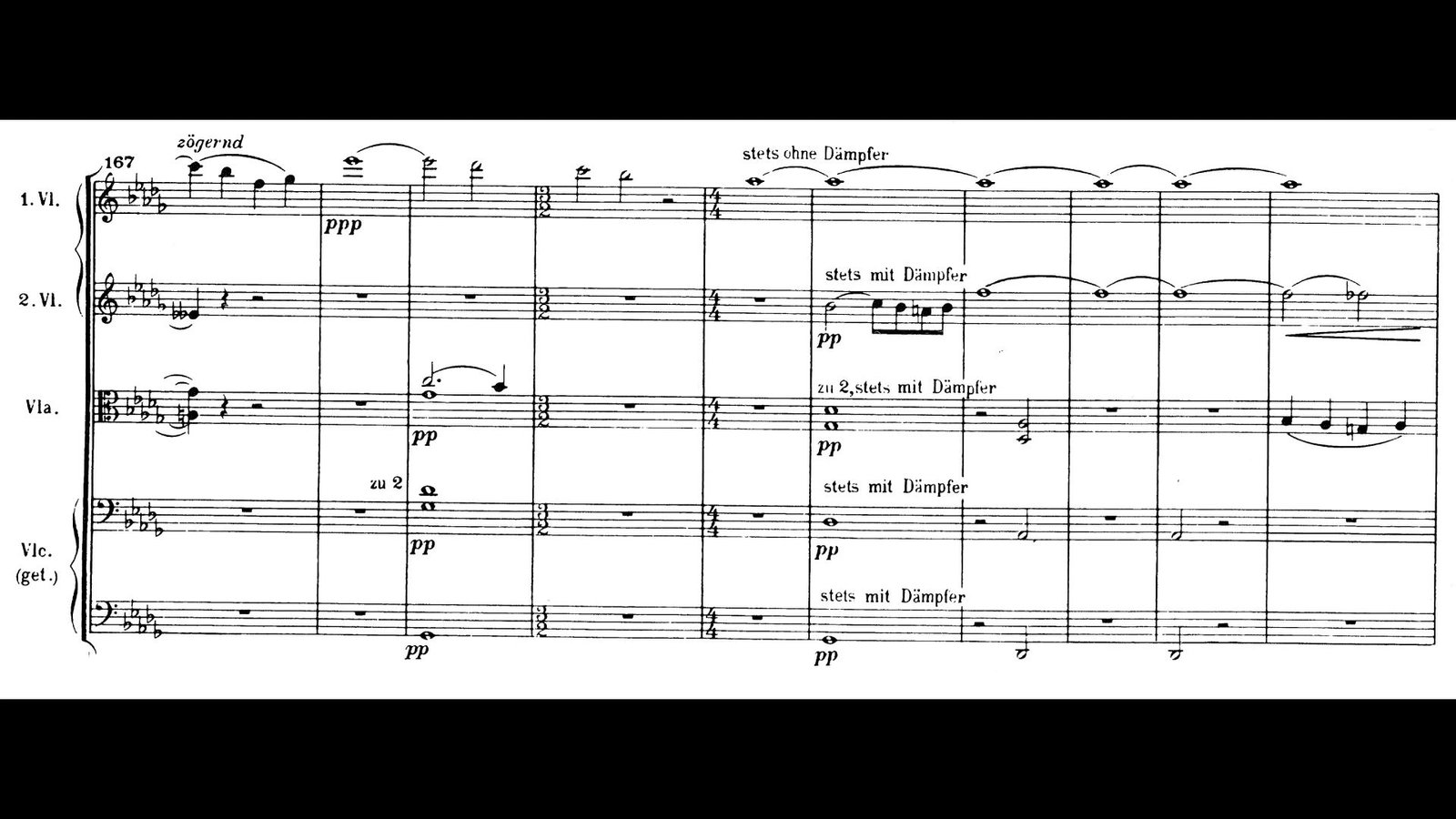

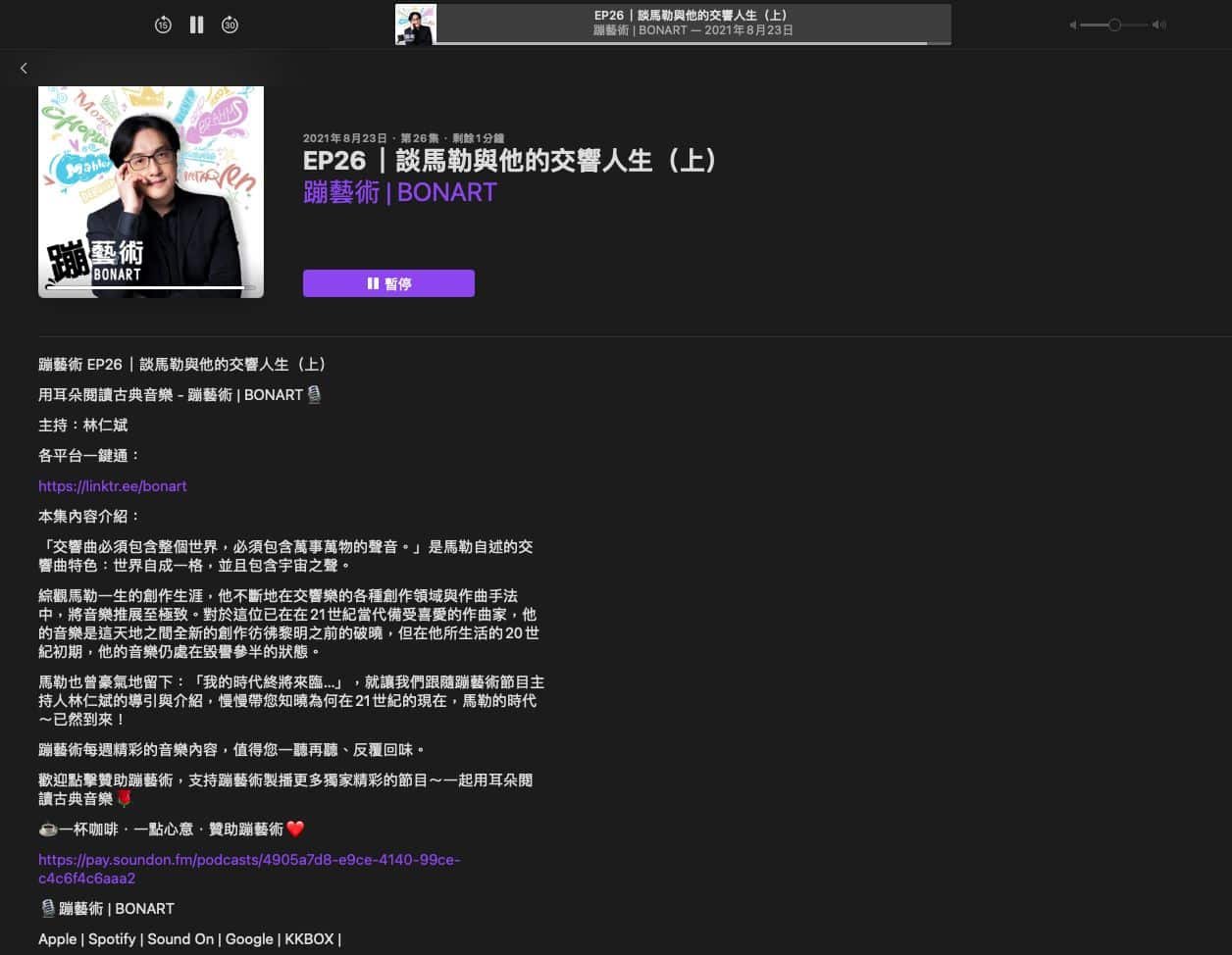








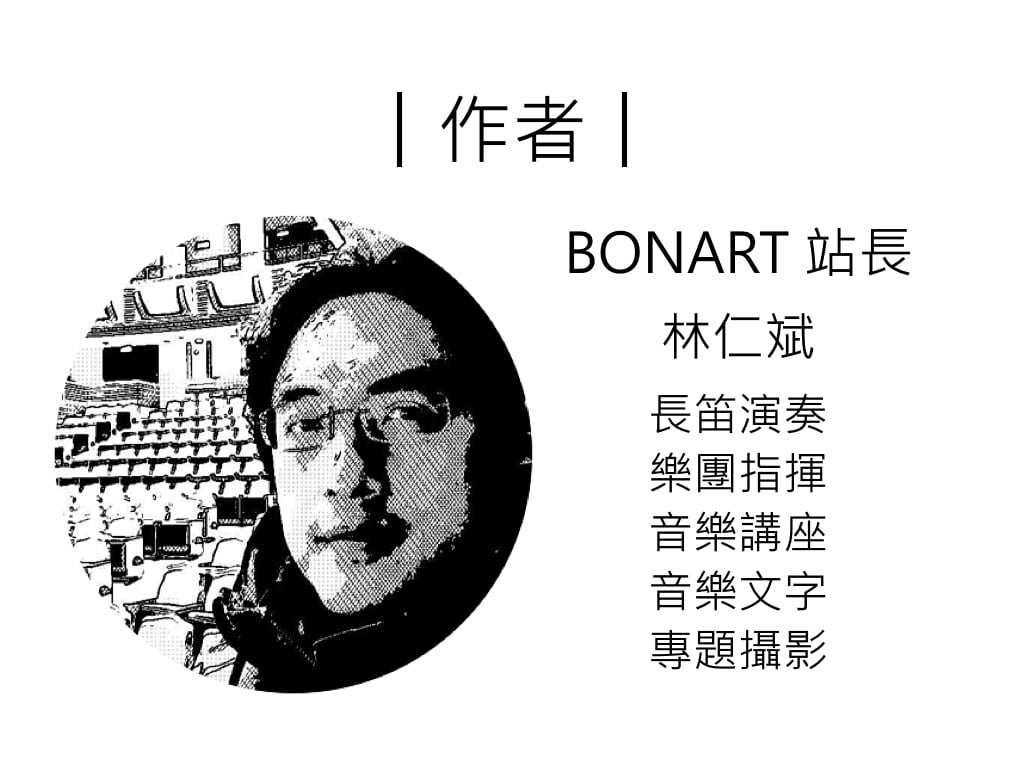

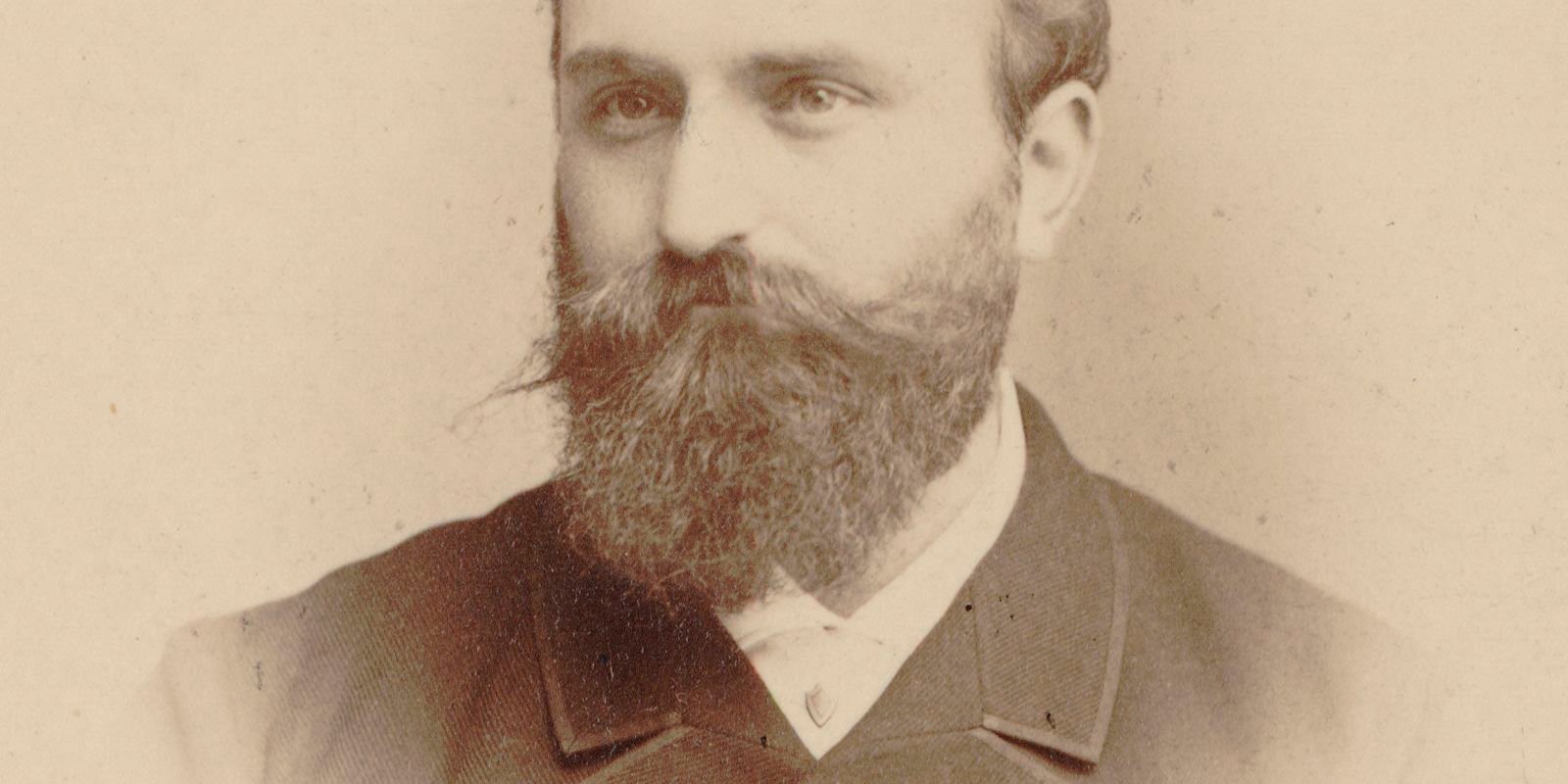

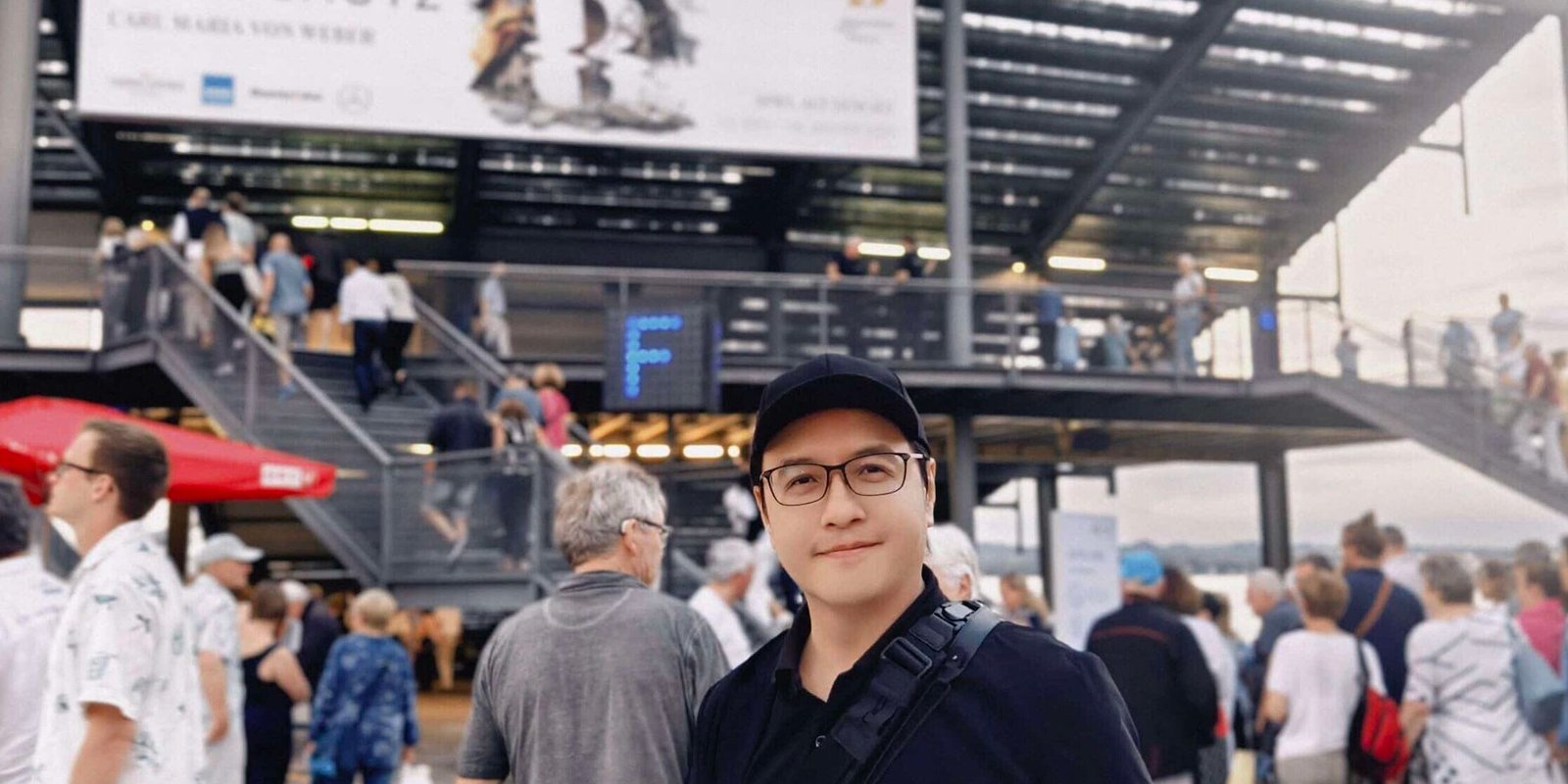
[…] 【BON音樂】最深沈的人世告別 – 馬勒:第九號交響曲 […]
[…] 【BON音樂】最深沈的人世告別 – 馬勒:第九號交響曲 […]
[…] 【BON音樂】最深沈的人世告別 – 馬勒:第九號交響曲 […]
[…] 【BON音樂】最深沈的人世告別 – 馬勒:第九號交響曲 […]
[…] 【BON音樂】最深沈的人世告別 – 馬勒:第九號交響曲 […]